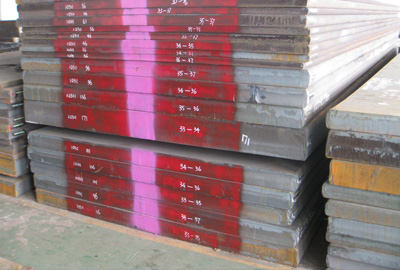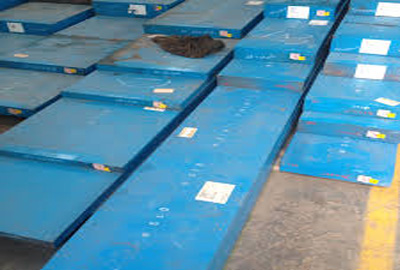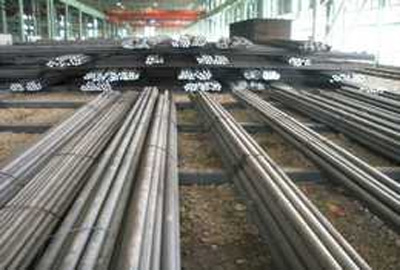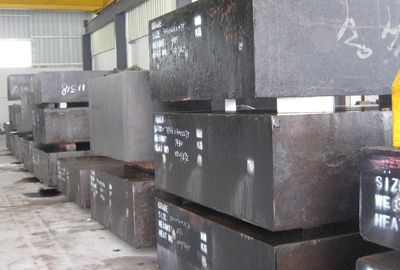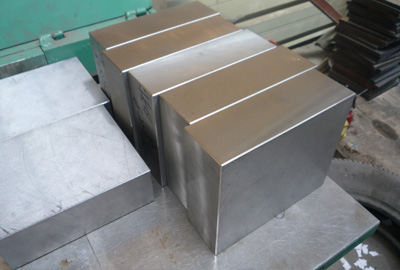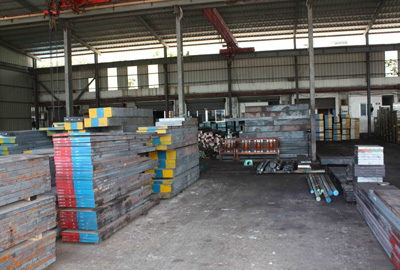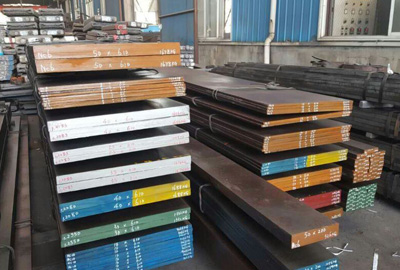Mat.No. 1.2063, DIN 145Cr6
Short Description:
Designation by Standards Mat. No. DIN EN AISI 1.2063 145Cr6 - - Chemical Composition (in weight %) C Si Mn Cr Mo Ni V W Others 1.50 0.23 0.60 1.40 - - - - - Description Medium alloy cold work steel, oil hardening. Performances slightly inferior to those of our grade MERILOEX. Moderate deep hardening properties; good toughness. Applications Small to medium size blanking and punching dies, shear blades, thread cutting tools, reamers, gauges and...
Product Detail
FAQ
Product Tags
Designation by Standards
| Mat. No. | DIN | EN | AISI |
| 1.2063 | 145Cr6 | - | - |
Chemical Composition (in weight %)
| C | Si | Mn | Cr | Mo | Ni | V | W | Others |
| 1.50 | 0.23 | 0.60 | 1.40 | - | - | - | - | - |
Description
Medium alloy cold work steel, oil hardening. Performances slightly inferior to those of our grade MERILOEX. Moderate deep hardening properties; good toughness.Applications
Small to medium size blanking and punching dies, shear blades, thread cutting tools, reamers, gauges and similar measuring instruments.Physical properties (avarage values) at ambient temperature
Modulus of elasticity [103 x N/mm2]: 210
Density [g/cm3]: 7.80Soft Annealing
Heat to 740-760oC, cool slowly in furnace. This will produce a maximum Brinell hardness of 230.Stress Relieving
Stress relieving to remove machining stresses should be carried out by heating to approx. 650oC, holding for 1-2 hours at heat, followed by air cooling. This operation is performed to reduce distortion during heat treatment.Hardening
Harden from a temperature of 830-860oC followed by oil quenching (interrupt at approx. 150oC). Hardness after quenching is 64 HRC.Tempering
Tempering temperature: See the data bellow.Tempering Temperature (oC) vs. Hardness (HRC)
| 100oC | 200oC | 300oC | 400oC |
| 63.5 | 62 | 59 | 54 |
Tempering Diagram
Forging
Hot forming temperature: 1050-850oC.Machinability
No data.Disclaimer
The information and data presented herein are typical or average values and are not a guarantee of maximum or minimum values. Applications specifically suggested for material described herein are made solely for the purpose of illustration to enable the reader to make his own evaluation and are not intended as warranties, either express or implied, of fitness for these or other puposes. There is no representation that the recipient of this literature will receive updated editions as the become available.
FAQ Content
![[0{7)7UAZ(]4W{5TSMC65Q7](https://www.htsteelmill.com/uploads/077UAZ4W5TSMC65Q7.png)
